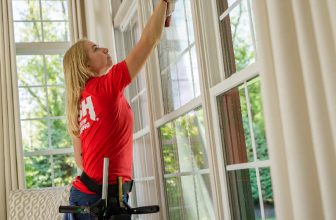How to Fill Gap in Window Air Conditioner
Filling the gap in a window air conditioner is important for improving efficiency and reducing energy bills. An improperly sealed unit can let outside air in, which can add heat to the room it’s cooling, making the A/C work harder to maintain the temperature you’ve set (and wasting energy doing so!). Cold air from the inside can escape outside, which wastes energy.
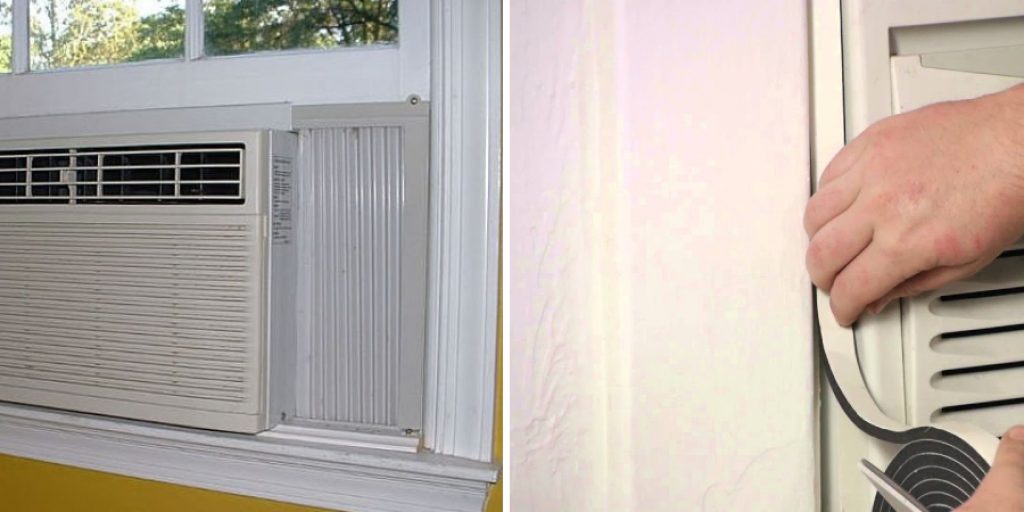
Filling a gap in the window air conditioner has some advantages. First, it can reduce the amount of outdoor noise coming through the unit. This is especially helpful for those who live in urban areas where nearby sources of loud noise can be an issue. It also helps to prevent cold air from escaping from the unit and allows your home to remain comfortable. In this blog post, You will learn in detail how to fill gap in window air conditioner.
What Are Some of the Common Signs That Indicate a Gap Has Not Been Properly Filled in a Window Air Conditioner?
When installing a window air conditioner, it is important to fill gaps between the unit and the opening to prevent excessive air leakage. If a gap has been left unfilled or not properly filled, you may notice some of the following signs:
- Higher Than Expected Energy Bills: When cool air escapes through an unplugged gap, your air conditioner must work overtime to keep the desired temperature. This will result in an increase in energy use and a higher electricity bill.
- Drafty Rooms: If you feel a draft coming from around your window air conditioner, it is likely that you have an open gap that needs to be filled.
- Unpleasant Smell: Gaps in window AC units allow dust, dirt, and other particles to be pulled into the air conditioner. This can cause an unpleasant smell that comes out of the unit.
- High Humidity Levels: If your windows are foggy or if condensation is dripping from them, it is likely because of the warm, humid air that is getting in from an open gap.
By inspecting your window air conditioner for these signs, you can determine if you need to fill any gaps around the unit to prevent excessive energy use and ensure optimal performance.
Step-by-Step Processes for How to Fill Gap in Window Air Conditioner
Step 1: Inspect the Area
Before starting the process, inspect the area to see if there is any existing damage, such as large gaps, cracks, or holes. Measure the gap with a ruler or measuring tape to determine how much foam insulation you need.
Step 2: Cut Foam Insulation
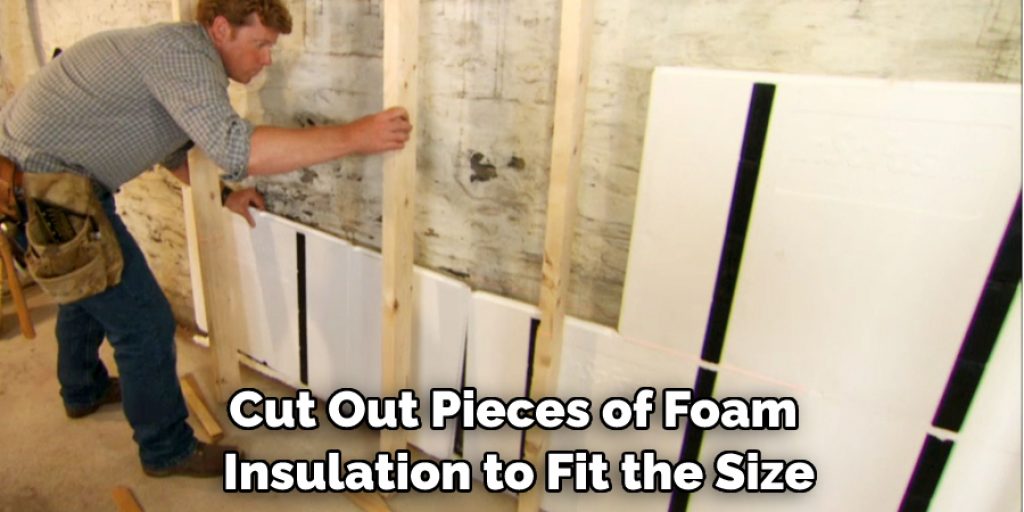
Cut out pieces of foam insulation to fit the size of the gap. Make sure to leave some extra allowance in case of any changes later on. Use a utility knife or scissors to cut out an opening for the foam insulation and insert it into the gap. Make sure that it is firmly in place before continuing with the next step.
Step 3: Secure the Foam Insulation
Use a strong adhesive such as construction glue to secure the foam insulation in place. Ensure that all areas are covered and that no gap or space is left uncovered. Use caulking to seal any remaining gaps between the window and the foam insulation. This will ensure the gap is completely filled and the air conditioner works as efficiently as possible.
Step 4: Cut Away Excess Foam Insulation
Use a utility knife or scissors to cut away any excess foam insulation. Make sure to be careful while doing this so that you don’t damage any of the surrounding walls or window frames. Use a damp cloth to smooth out any rough edges created by cutting away excess foam insulation. This will ensure that the air conditioner works as efficiently as possible.
Step 5: Check for Leaks
Make sure that there are no leaks or air gaps by running your hand around the area. If there are any leaks, use more foam insulation or caulking to fill them in. Once you have finished filling the gap with foam insulation, turn on the air conditioner and test it. If it is working properly, you can be sure that you have successfully filled the gap and that your air conditioner will work as efficiently as possible.
Once you have followed these steps, your window air conditioner should be working optimally. Following these steps will ensure that any gaps in your window are filled and that your air conditioner is efficient and effective.
Tips for How to Fill Gap in Window Air Conditioner
- Always make sure to turn off the air conditioner and unplug it before starting work.
- Wear protective gear such as safety glasses, gloves, and dust masks when handling insulation or other materials that can be harmful to your health.
- Make sure you have all the necessary supplies, such as caulk, foam, and tape.
- Take measurements of the gap to determine how much insulation or other material you need to fill it.
- If using caulk, make sure the air conditioner is completely dry before applying the caulk.
- Be careful not to overfill the gap, as this can result in poor airflow.
- Check for any leaks or drafts after filling the gap, and ensure there are no openings where cold air can escape.
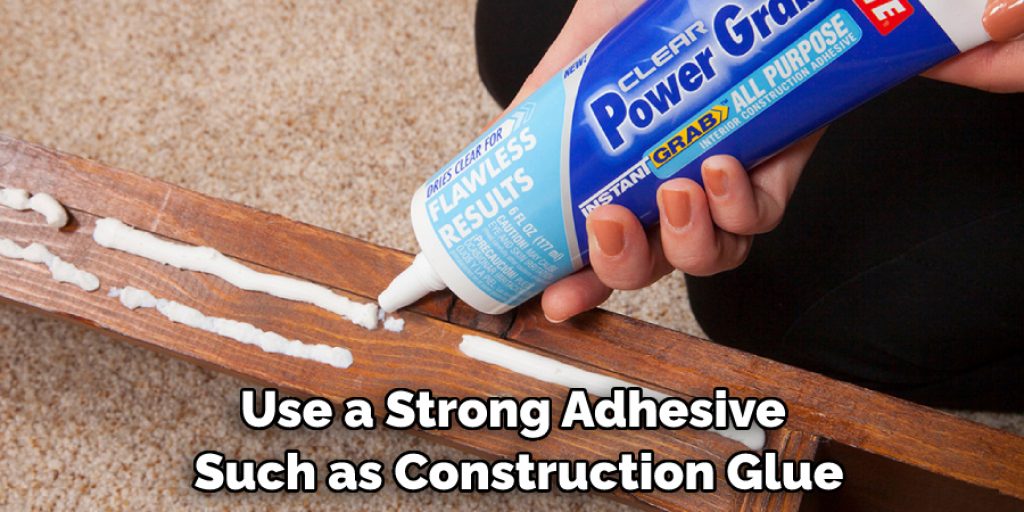
Following these simple steps will help ensure that your window air conditioner is functioning properly and efficiently without compromising your safety.
Are There Any Common Mistakes to Avoid While Filling the Gap in a Window Air Conditioner?
Yes, there are a few common mistakes to avoid when filling the gap in a window air conditioner. Firstly, do not use regular caulk or silicone sealant, as this will create an unprofessional-looking result and is likely to fail due to temperature fluctuations. Secondly, ensure that all surfaces are clean and dry before you begin the filling process. Any dirt or dust on the surfaces could reduce the effectiveness of the sealant and leave gaps behind.
Additionally, if you are using expanding foam filler to fill larger gaps, make sure that you don’t overfill it, as this can also lead to a poor seal. Finally, take your time filling the gap to ensure it is filled properly. Any gaps or cracks which are left unfilled may lead to air leakage and reduce the efficiency of your window air conditioner. Following these tips will help you achieve a professional result when filling the gap in your window air conditioner.
Are There Any Other Maintenance Tips to Keep in Mind When Filling the Gap in a Window Air Conditioner?
Yes, there are a few additional tips to keep in mind when filling the gap in a window air conditioner. First, be sure to use weatherproof caulk or polyurethane foam for best results. Second, make sure you wipe away any excess caulk or foam before it dries. Lastly, if possible, try to use an air conditioner that fits the size of your window so there is no gap at all.
By taking these additional steps, you can help ensure that your window air conditioner is insulated properly and will last for many years. Additionally, if you notice any damage to the unit or see any signs of leakage in the future, it is important to take action quickly to repair the unit. Ignoring these issues can lead to further damage and expense down the road.
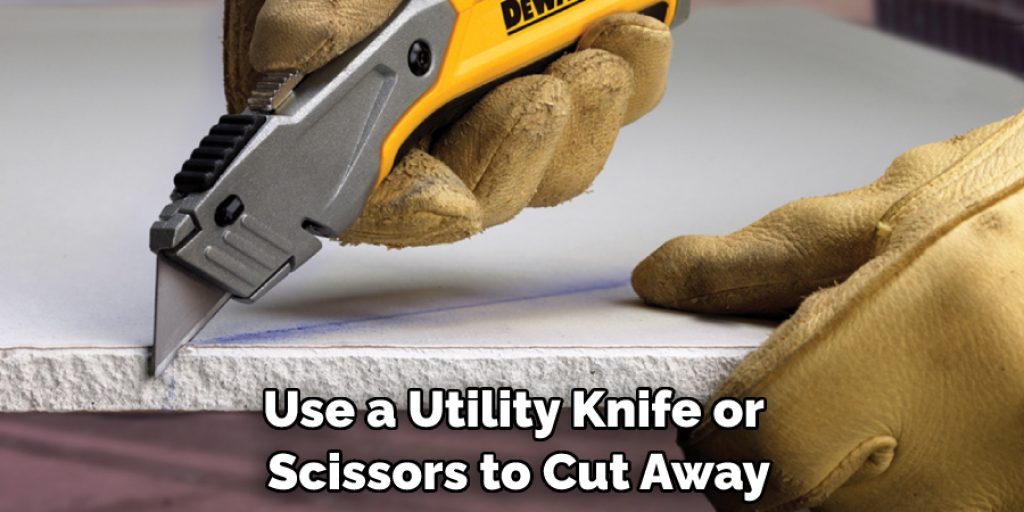
By following these tips on how to fill the gap in your window air conditioner, you can help keep your home comfortable and free of unwanted drafts. With proper maintenance and care, your window air conditioner should provide excellent cooling performance for many years.
Are There Any Long-term Maintenance Issues That Can Result From Not Filling the Gap in a Window Air Conditioner Properly?
Yes, there are several potential long-term maintenance issues that can stem from not filling the gap properly in a window air conditioner. One of the most common is energy loss due to air leakage. If you do not fill the gap properly, then it will cause gaps and cracks where conditioned air can escape, thus causing your energy bills to rise.
Additionally, if you do not properly fill the gap, outside air can come in, making your air conditioner work harder to cool the space and causing increased wear and tear on the unit’s components. This can lead to costly repairs down the road.
Finally, an improperly filled gap can also cause water damage inside your home as condensation may not be properly directed away from the interior.
It is important to take the time to properly fill the gap in your window air conditioner in order to ensure its long-term performance and avoid costly repairs. The process involves measuring the gap, finding a suitable filler material, and ensuring that it’s installed correctly. It can be a tricky process, so if you don’t feel comfortable doing it yourself, it may be worth hiring a professional to ensure the gap is filled properly.
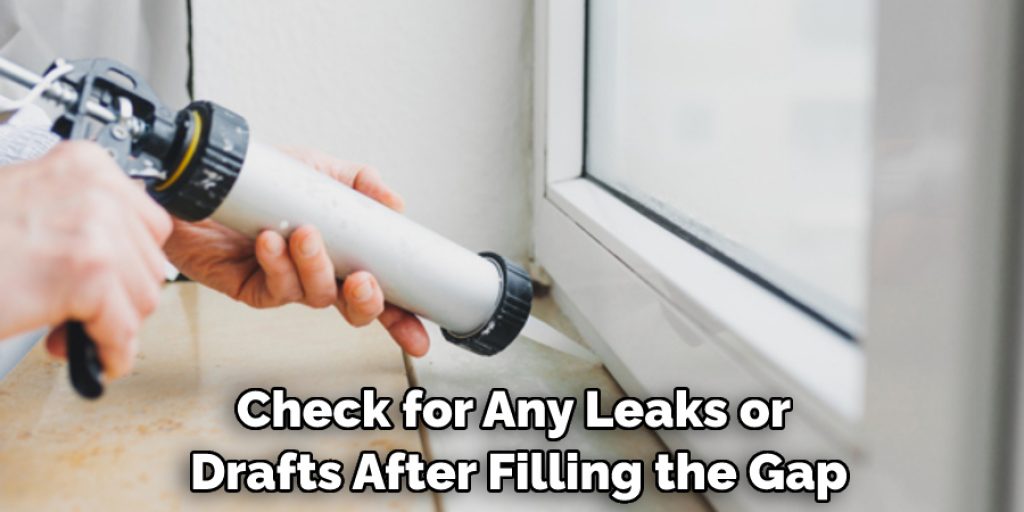
Conclusion
In conclusion, filling the gap between a window air conditioner and a window frame is an easy DIY project that can be completed in no time. All you need is some insulation material, such as foam sealant or strips of weatherstripping, to plug up any gaps around the unit.
This will help you keep your electricity bills lower by reducing energy loss due to air leakage. It will also improve your air conditioner’s efficiency and effectiveness by providing a better seal against outside temperatures. I hope this article has been beneficial in learning how to fill gap in window air conditioner. Make Sure the precautionary measures are followed chronologically.



